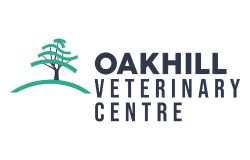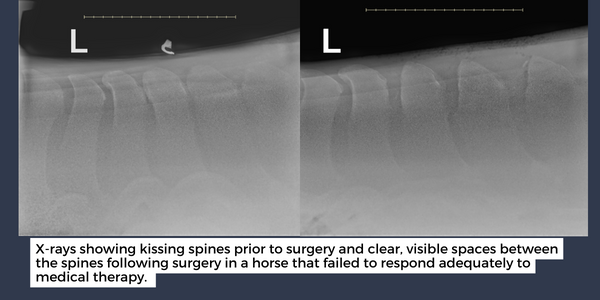Top tips to help keep your pets safe this Halloween
For us humans Halloween may be a fun, sweet-fuelled event but Halloween can be a scary time of year for pets. Unexpected knocks at the front door and people dressed in costumes can be confusing and frightening for them. Read our top tips to keep your dog safe and happy this Halloween…
1. Walk your dog before it gets dark.
This means you’re not taking them out in the evening, where a lot of loud noises and bright lights might startle them.
If you know your dog is nervous or reactive to noise, try taking them for a longer walk during the afternoon. This ensures they get the right amount of exercise and mental stimulation, without forcing them out into an evening that could be filled of extremely scary noises and costumes.
If you get home after dark and don’t have time to walk your dog in daylight, think about fun ways to tire them out in the safety of your home. This could be with food toys, training, or search games.
2. Don’t leave your pet alone outside.
Being outside might be what your pet is used to, but to be on the safe side we recommend moving both cats and dogs inside on the evening of the 31st. Not only will they feel safer inside, because the noise will be duller, they’re also safe from becoming the target for a trick or treat prank.
3. When you’re opening the door to trick-or-treaters, keep your pet safely away in a different room.
If you’re a popular stop on your neighbourhood’s trick-or-treating route, the constant knocking and doorbell ringing can really stress out a pet. It’s best to put your pet in a safe haven, such as a back room of the home where the commotion won’t bother them. You might also try placing them in a crate or carrier that’s filled with plenty of toys, interactive feeders, or food puzzles to keep them entertained. This should be done in the days running up to the 31st, so your pet is used to the area and knows it is a safe spot for them to enjoy.
If your dog is really worried by people and may not cope with trick or treaters coming to the door, you could put a sign on your gate saying ‘Nervous dog. Please don’t knock on the door. Please take sweets from the box’ and leave a box of treats in the front garden for children.
4. Use Halloween as a good time to ensure your pet’s microchip details are up to date.
Autumn can be a difficult time for pets, and it is vital that both cats and dogs are microchipped with up-to-date address and telephone details.
5. Never force your pet to wear a costume.
Some pets enjoy being dressed up, and others don’t: consider your pet’s personality and what type of costume they may tolerate and for how long. If your pet appears uncomfortable, take off the costume. Signs of discomfort include folded down ears, eyes rolling back or looking sideways, a tucked tail or hunching over. Your pets’ happiness isn’t worth the Instagram!
6. Keep any Halloween decorations out of reach from pets.
Your pet may be tempted to chew the new decoration. Lots of Halloween decorations can be toxic to pets, so keep them out of reach.
7. If you and your family go trick or treating, leave your dog at home.
Although it’s a family event, let the dog sit this one out. People dressed up and lots of strange noises can be very scary for your pet. Dogs can be easily excited by the Halloween commotion, and a bite or a lost dog will quickly end the evening’s fun.
8. Consider leaving the TV or radio on for your pet.
With the strange noises associated with people being out later than usual in your area, consider leaving some noise on in the house to distract your pet.
9. Keep any Halloween chocolates or sweets out of reach of pets.
Pre-Halloween and during trick-or-treating, keep candy safely stashed in a high cabinet secured with a lock or child-safety latch. Many foods, such as chocolate, gum and xylitol (a sweetener used in many foods) are hazardous to pets. And sweet bags and wrappers can also cause a choking hazard or obstruction if ingested. Small plastic bags could pose a suffocation risk.
Watch your kids! Children may make the harmful mistake of sharing their loot. Make sure they know the difference between a treat for them and a treat for their four-legged friends.
If you suspect your pet has ingested anything they shouldn’t have, contact us immediately.
10. Ditch the real candles!
Pets can easily brush against the open flame resulting in severe and painful burns and possibly even lighting your home on fire. If you want to set the mood for Halloween, opt for the LED variety instead. One less thing to worry about if your pet accidently knocks the pumpkin over!

